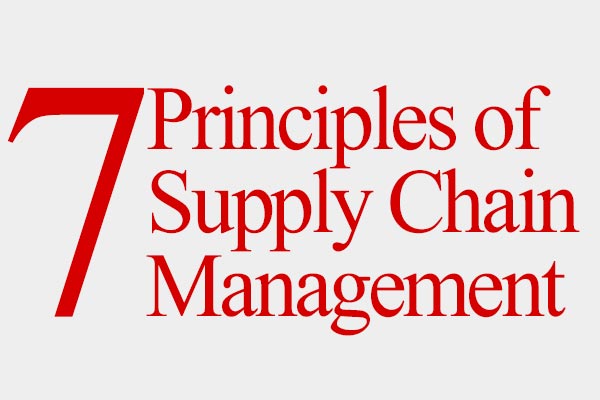Your Current Supply Chain Is Toast, But Its Replacement Will Be Awesome
3D printing, robotics and open-source hardware will usher in a superior alternative: Software defined supply chains.
3D printing, intelligent robotics, and open source hardware stand to revolutionize modern-day manufacturing.
These disruptive forces will usher in a new manufacturing paradigm that is managed by software and data files — something we call the “software-defined supply chain.”
For more than a year, my colleagues and I have been carefully studying the likely impact and implications of these technologies. We wanted to see if these new technologies could alleviate many of the constraints and the fixed costs of a traditional supply chain, and if so, to what extent?
What Software-Defined Supply Chains Save You
To verify this, we built an integrated supply chain model and then tore apart a series of electronics items — including a mobile phone, a hearing aid, a washing machine, and an industrial display.
In each case, we wanted to know if we could make that product in a new software-defined supply chain model and, if so, what the economics would look like, in the present, as well as in the coming decade, and see if we could forecast the cost and capability path of these technologies.
While we found that a software-defined supply chain model quickly becomes cheaper to operate, that alone was not the most impactful finding. Instead, it was the vast reduction in scale that it enables.
On average, by the end of our forecast period, we determined that our products, when made in a software-defined supply chain model, would be 23 percent cheaper, on average, than they are now in traditional manufacturing. Even more importantly, the scale required to achieve a cost-effective result was up to 90 percent lower.
Why They’re More Efficient
Economies of scale matter because the fixed costs and lead times associated with manufacturing have traditionally been high. Designs can take months to complete, and then many objects require dedicated capital equipment like molds, casts and machine tools.
Companies work hard to drive component standardization and re-use so they can spread those large investments across the highest possible volume of production to keep costs low.
By contrast, software-defined supply chains use 3D printers and open source designs to eliminate or dramatically reduce many of those fixed costs and, in so doing, reduce the need for high product volumes to achieve more competitive pricing.
Out of the four products we tested to understand the benefits of a software-defined supply chain, the levels of median economic scale were shown to be 75 percent lower over a span of five years and up to 90 percent lower over a decade.
Though we did not account for it in our supply chain model, the impact is likely to be understated and open sourcing will also command significant reductions in design cycle-time as companies and consumers increasingly start their projects from proven designs.
More Flexibility — And More Competition
For enterprises, the implications of significantly reduced economies of scale should be a mixture of an opportunity and a threat. To start with, things that used to be very difficult — making a final buy of spare parts — may no longer be necessary. Need a part? Print one. No need to keep nearly as much inventory on hand, either.
There are challenges, however, to be aware of. If the typical volumes required to be efficient today imply that 3-5 major companies are serving a particular market, they will in the future suggest that it is possible that as many as 30-50 smaller companies could serve the same market profitably. Industry leaders will have to contend with the risk of significantly increased competition, much of it driven by local sources.
Companies that are well positioned for the future are the ones that are thinking ahead about how they can re-work their supply chains to profitably serve these smaller niches.
One IBM client we spoke to currently makes products in volumes of millions of each SKU. In the future, they anticipate that a typical production run may be as little as 5,000 units – and they are restructuring their entire supply chain, product design, and distribution model accordingly. Ultimately, they believe that they must be efficient with a production run of one unit. This defines a snapshot of the future.
Editors Note: This post originally appeared on IBM’s A Smarter Planet blog and ReadWrite tech blog.













